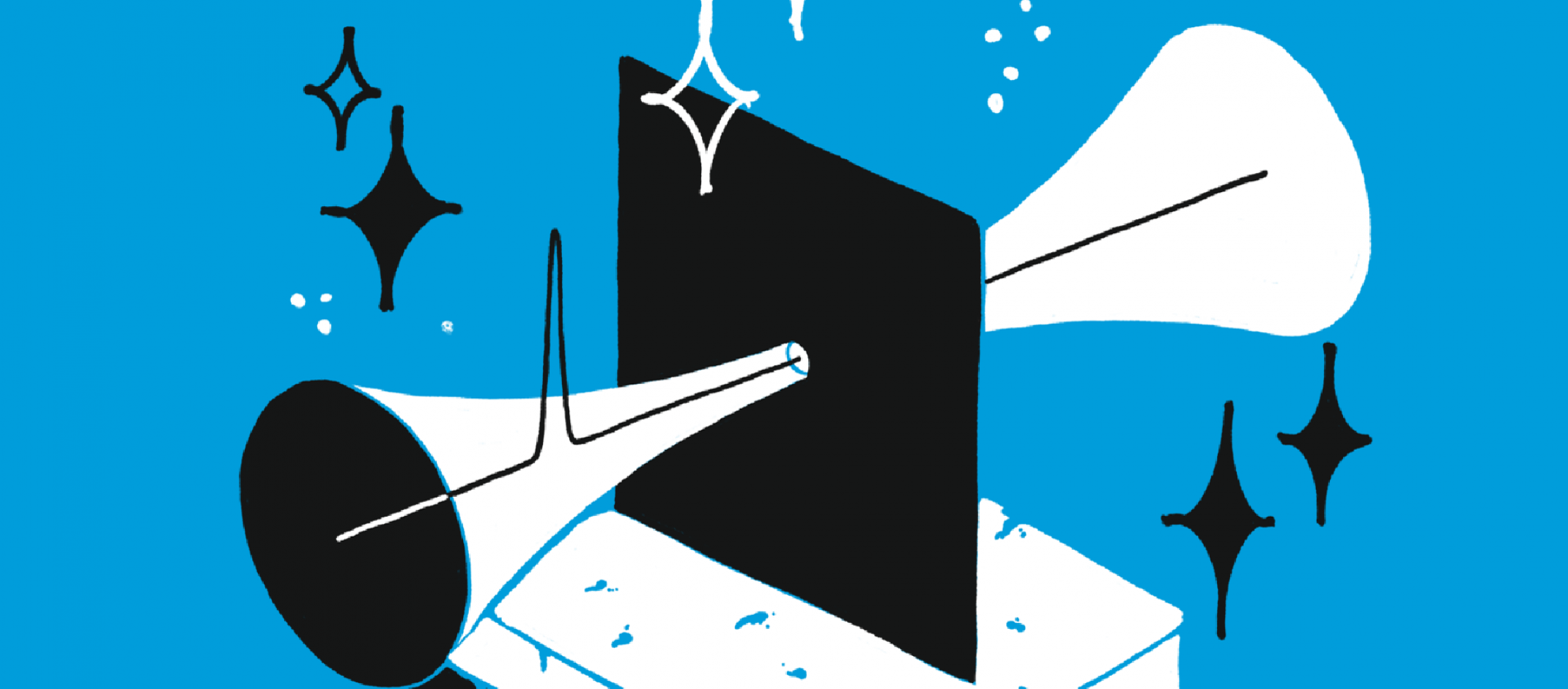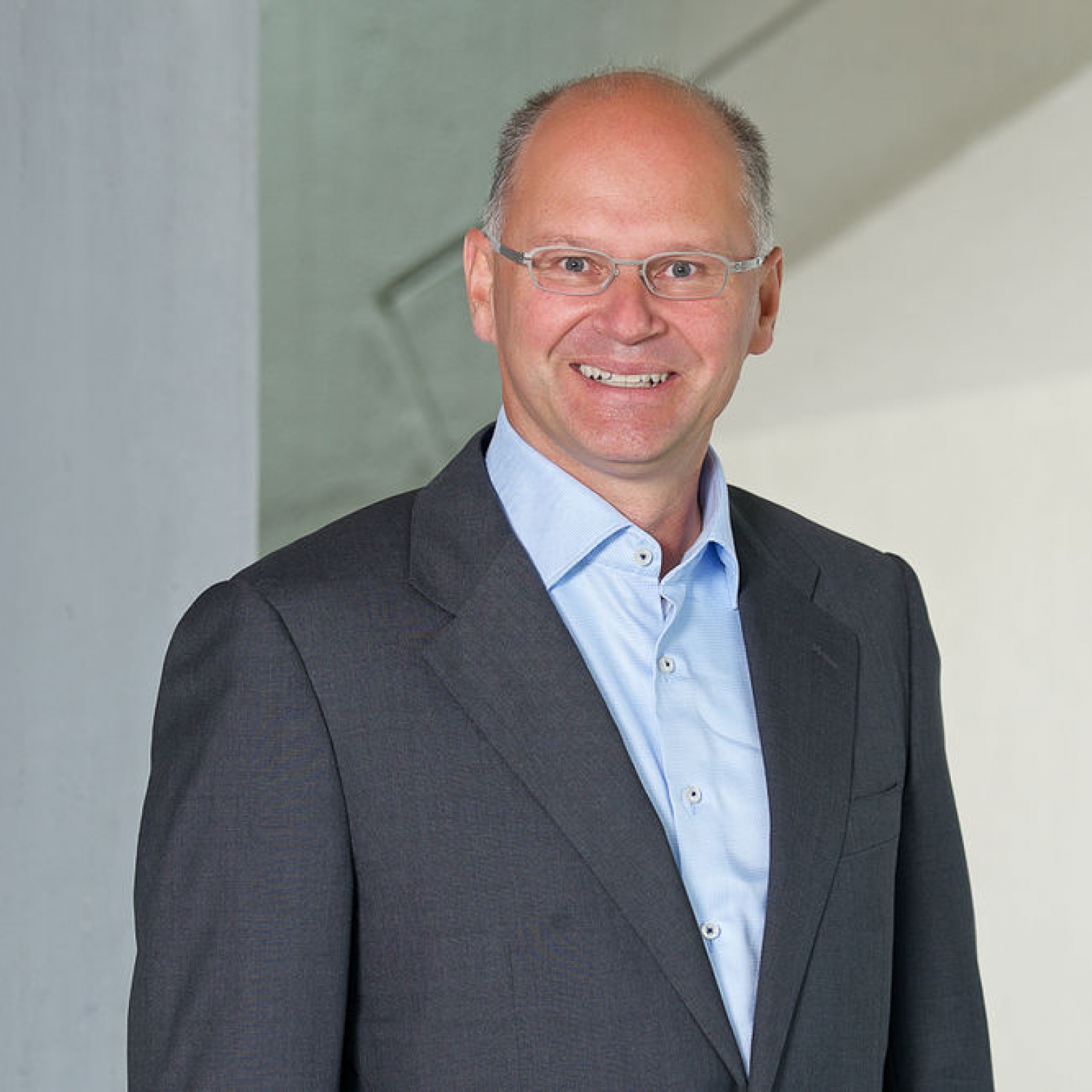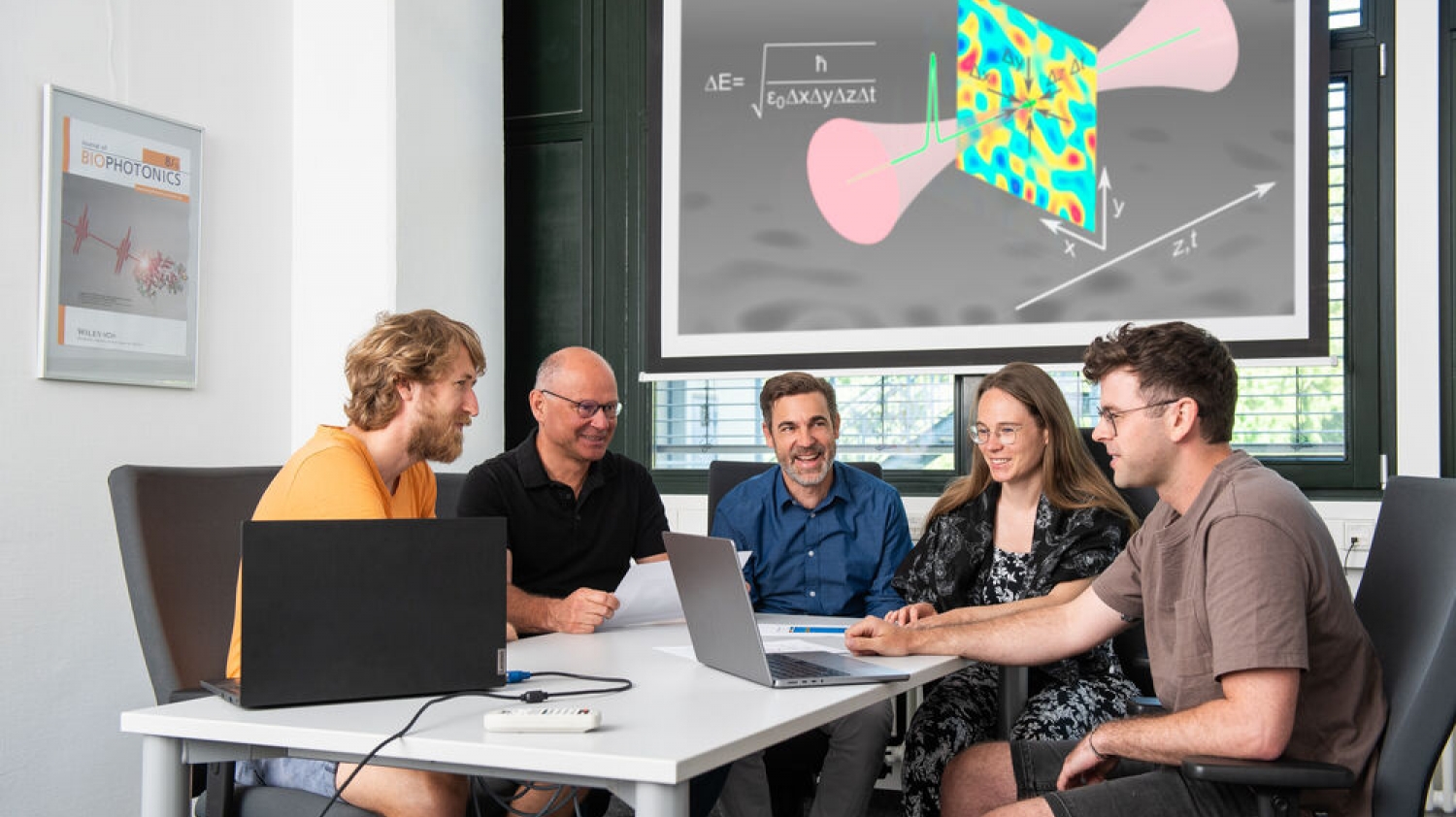Too new for the scientific community

Imagine that you discover something amazing, but no one believes you!
You have discovered something so radically new, so remote from conventional doctrines, that the scientific community finds it hard to believe. From your point of view, your results are convincing, but still no one agrees with you.
Alfred Leitenstorfer, a physicist at the University of Konstanz, found himself in a very similar situation. When he succeeded in 2015 in experimentally detecting something called "vacuum fluctuations", he already knew beforehand that the scientific community was unlikely to accept it. Vacuum fluctuations are "virtual" pairs of particles or fields that form spontaneously and then decay. Following the uncertainty principle of quantum physics, it is possible that these "virtual entities" form by "borrowing" energy and momentum. Although these phenomena are established as a theoretical concept in physics, observing them at first hand in experiments seemed impossible.
A suspicion is confirmed
Alfred Leitenstorfer first suspected in 2013 that it ought to be possible – contrary to all textbooks – to experimentally detect such fluctuations directly. "At the time, it was just a rough idea, to a large extent intuition, which turned out to be generally correct", says Leitenstorfer.
"Many colleagues said: That’s impossible! Only a real particle can trigger an effect in the detector, they said, and not these virtual excitations. Absolutely right! But it doesn’t mean that the real particles we detect are unable to contain direct information about the vacuum fluctuations", adds Leitenstorfer, outlining the basic idea. It is therefore not the vacuum fluctuations themselves that make the measuring device click. But in their interaction with real photons, these virtual particles leave traces in reality – provided that the spatio-temporal resolution of the measuring device is high enough.
"That’s impossible!"
However, Alfred Leitenstorfer initially found himself out in the cold with his idea. For example, some books on nuclear and elementary particle physics state in black and white that vacuum fluctuations are not detectable. Eminent scientists told him the same thing time and again: "That’s impossible!" "That was quite a bitter pill", Leitenstorfer admits. He asked himself again and again whether he was wrong.

"I was never sure. You can never be 100% sure in science. In my opinion, everything sold to us as the absoluteness of science is extremely dangerous. Surprising things can happen at any time, or you might suddenly understand something better and be obliged to revise some of your previous ideas. As a scientist, you should always retain this flexibility".
Alfred Leitenstorfer
Two years and many sleepless nights later, Leitenstorfer and his team were ready to conduct the measurements in the lab. In the meantime, they had developed the necessary concepts and further refined them to suppress interfering factors as efficiently as possible. They built an experimental set-up at the University of Konstanz – unique worldwide – to experimentally detect the spontaneous formation of vacuum fluctuations. They switched on the apparatus and let the experiment run for days. First data confirmed the effect. For months, doctoral researcher Claudius Riek continued to refine the set-up, and the effects became even clearer. The experiment was successful, and the proof was in the bag.
Peer review under difficult conditions
However, the experimental proof was not the end of the story. They had to convince the scientific community and publish the experiment. The first paper, which the team submitted to Nature, was rejected outright. One of the reviewers was adamant: That is impossible! It simply cannot be! They refused to publish it.
"And that was it for the moment".
Alfred Leitenstorfer
Alfred Leitenstorfer (2nd from left) and Guido Burkard (3rd from left) discuss projects on quantum physics in the time domain with current members of CRC 1432 (from left): Hannes Kempf, Sarah Hutter (both "experiment") and Emanuel Hubenschmid ("theory").
The turnabout came through a colleague in Konstanz: Guido Burkard, a theoretical physicist, decided to explore the phenomenon from his own perspective. Together with Andrey Moskalenko, a postdoctoral researcher who is now a professor at KAIST in Korea, he developed a sound theoretical basis for the experiments.
"It was this additional theoretical substantiation that fundamentally helped us in that situation", Leitenstorfer says. "The theorists made rapid progress and obtained quantitative results that matched my qualitative observations".
Alfred Leitenstorfer
They were now able to deliver evidence from two sides – the theoretical and the experimental. They divided their findings into two separate articles that underpinned each other. Why? Because publishing the theory and the experiment in one and the same article "would have been too much", explains Leitenstorfer.
First, the manuscript on the theory was submitted to Physical Review Letters and uploaded at the same time to arXiv, an open-access repository. The advantage: "This allowed us to cite from and reference it in the scientific paper we had written on the experimental proof. That was our strategy – and it paid off", says Leitenstorfer. The theoretical principle and the experimental proof were both published – the rest is history.
"In the final analysis, I found an American colleague’s comment very fitting", says Leitenstorfer, looking back at the wearisome task of convincing his peers:
"When, as a scientist, you come up with something new, the community first of all says: That cannot be right! Then, when it senses that there might be something to it after all: But that is not what it says in the textbooks! And when it is relatively clear that you are right: We knew it all along!"
A quote from an American colleague
What can you do to convince the scientific community?
Nevertheless, the path from "It cannot be right!" to "We knew it all along!" was long and stony. What, therefore, can you do to convince the scientific community?
"I would proceed as follows", recommends Leitenstorfer:
- "First of all, I would do everything I could to produce as much evidence as possible with my immediate team.
- Then I would discuss it with people I trust and who I hope can contribute additional aspects or suggest improvements.
- At the time, I also tentatively introduced my idea at conferences, at least as a possibility. You can suggest that it just might be possible that... Conferences are helpful because you get immediate feedback.
- And once you are confident enough to follow your gut feeling and already have some initial results, whether theoretical or experimental, then, of course, you must at some point publish them".
What role does reputation play?
Alfred Leitenstorfer is one of the leading scientists worldwide in the field of ultrafast phenomena. But would his detection of vacuum fluctuations have been believed if he had been a young postdoctoral researcher?
"I’m sure that reputation made the whole thing easier", he says, "if only because I received a lot of invitations to international conferences and was able to present my results to a large audience – without needing to put a lot of effort into being invited". The visibility was there, as was the structural backing:
"If you have a completely new idea, you need a little more stamina and, to be honest, ongoing financial support. That is something that early-career researchers do not necessarily always have. On the other hand, his advantage diminishes rapidly over the course of time. The process would have happened with a delay of one or two years if I had been a young researcher. It would have caused a delay, and certainly more headaches and more pressure. But at the end of the day it’s the facts that count."
Alfred Leitenstorfer
... but if you are wrong?
And what if you are mistaken? If you have tilted at windmills all along only to discover in the end that you were wrong after all? Alfred Leitenstorfer has also experienced the need to correct himself – not when detecting vacuum fluctuations, but two years later in a follow-up experiment. In 2017, he attempted to demonstrate that vacuum fluctuations could also be influenced as "squeezed light", i.e. redistributed in space. His experiment seemed successful and was also reproducible. The effect was there – "however, my interpretation of the effect was incorrect", as Leitenstorfer was obliged to admit two years later, in 2019. He published his error and corrected it.
"Interestingly, it wasn’t such a bad experience. No one pounced on us when we said: This paper is incorrect, we need to revise it. Nobody scowled at us. I didn’t feel uncomfortable about it either because it was an error that was by no means trivial. It even allowed us to learn a few more fundamental things about physics."
Alfred Leitenstorfer
At present, the team is still working on the redistribution of squeezed light and its detection in the time domain. "We now know exactly from theory that it is possible, and we are working full speed ahead to set up corresponding experiments – but the technology for this all needs to be much further advanced. I’m fairly confident that we will achieve this over the course of the next years". For him, research that is risky – which has an unforeseeable outcome – is one of science’s fundamental tasks.
"Knew it all along..."
A whole decade has elapsed since the initial idea of how virtual particles could be detected relatively directly. It is now established knowledge, times have changed, and the scientific community has revised its opinion. "No one will now announce: That’s impossible!", Leitenstorfer is relieved to say, when he looks back at the wearisome path to recognition. A group at ETH Zurich has meanwhile conducted similar experiments in a slightly different parameter range, which deliver supplementary data and confirm the general idea from Konstanz.
It undoubtedly demanded a lot of courage to go against the prevailing opinion of the scientific community. Nevertheless, it was worth it – for science, but also for Alfred Leitenstorfer personally: "I’ve noticed that it has brought me additional respect".
And today, when we look back with incredulity to 2013 and what people still believed at that time about the supposedly undetectable particles, we must surely ask ourselves: Didn’t we know it all along?

